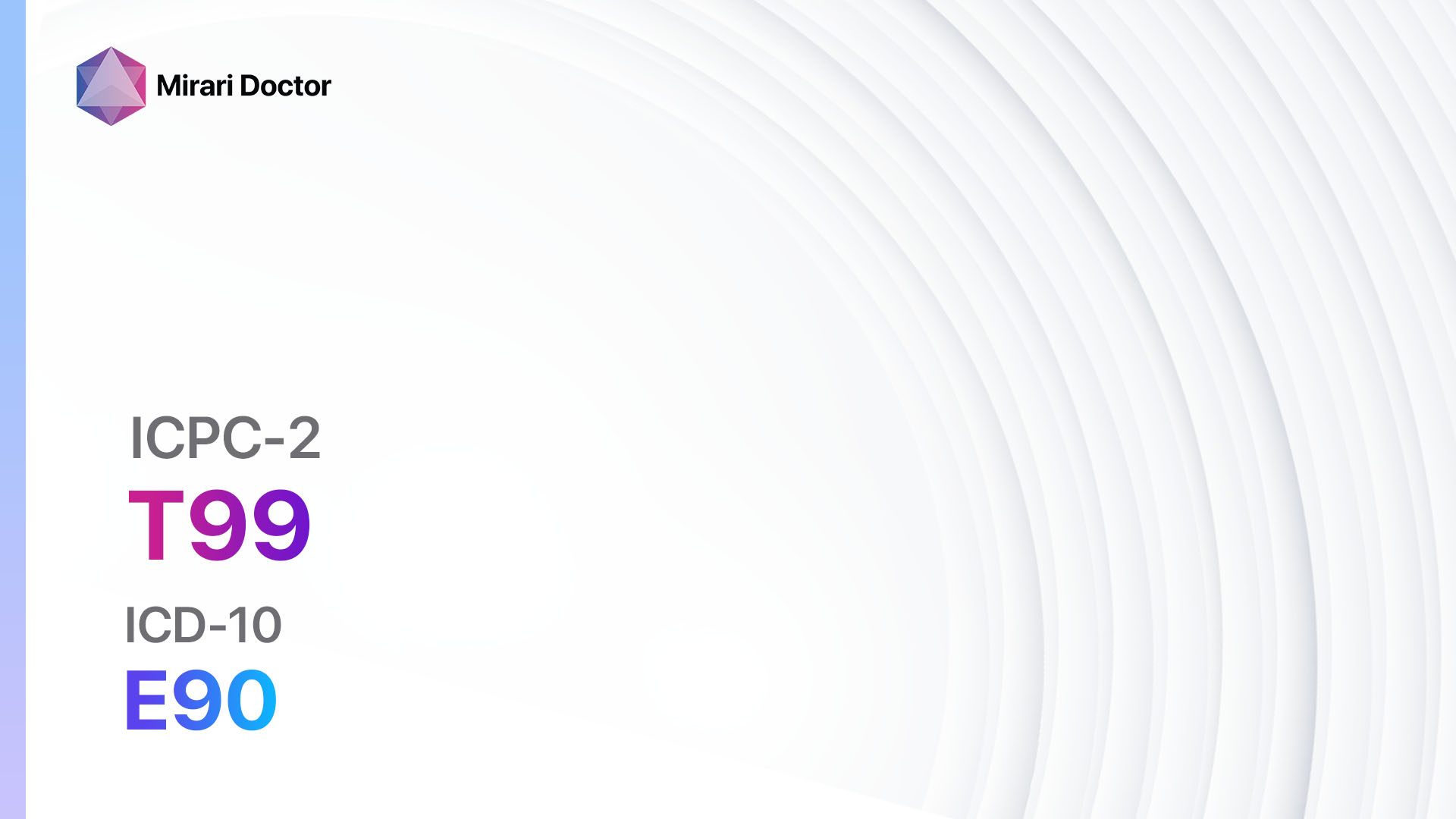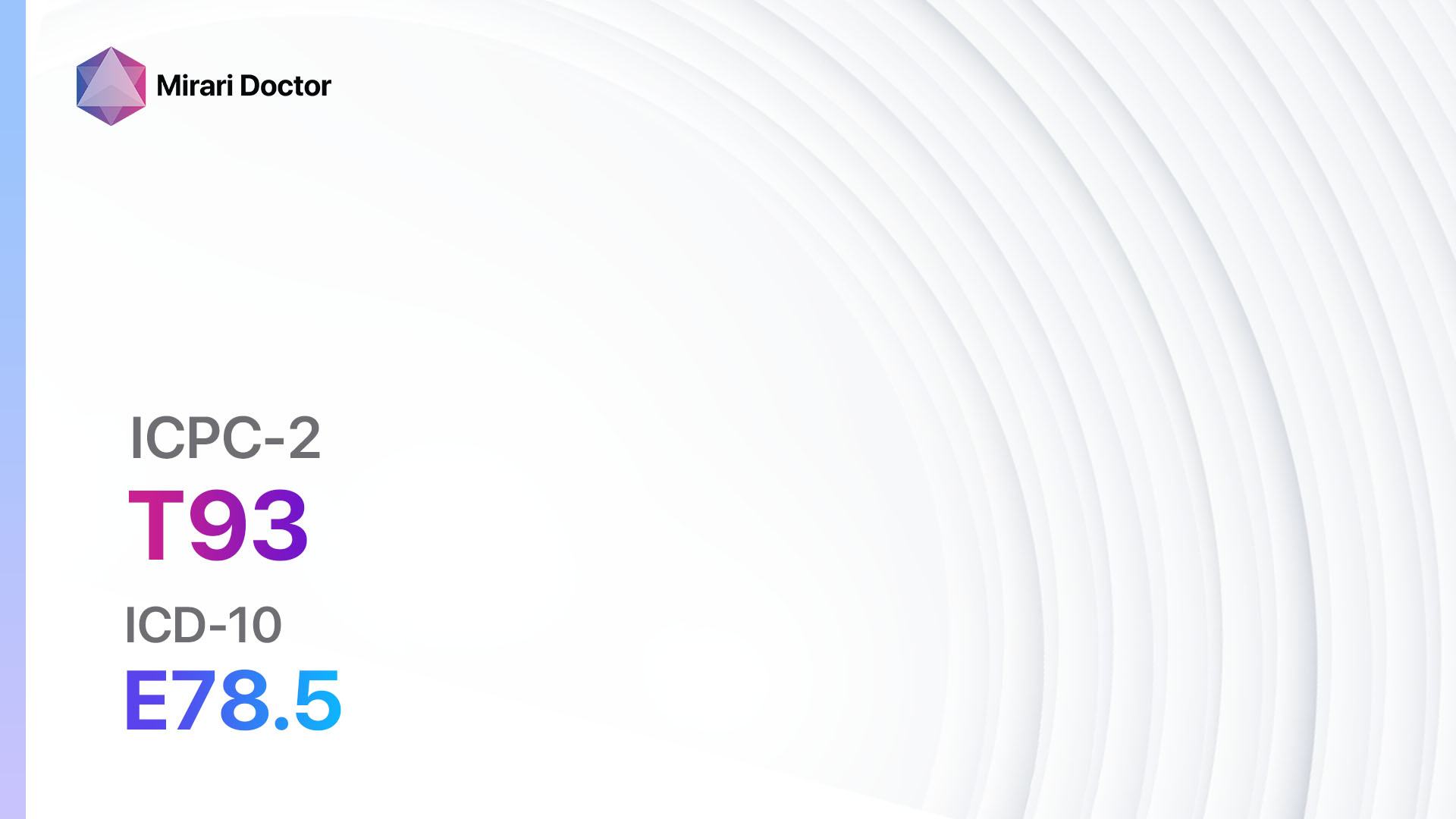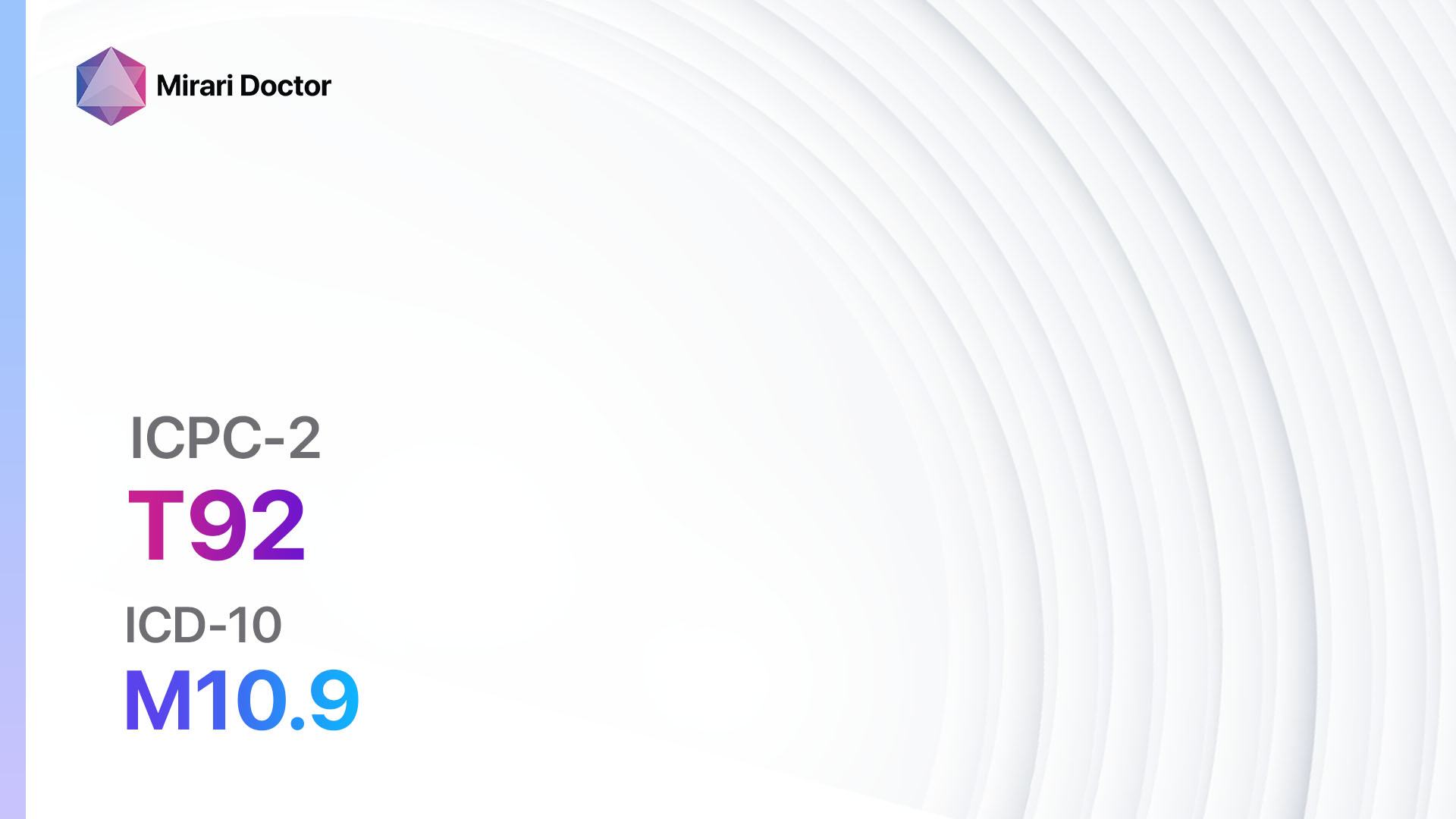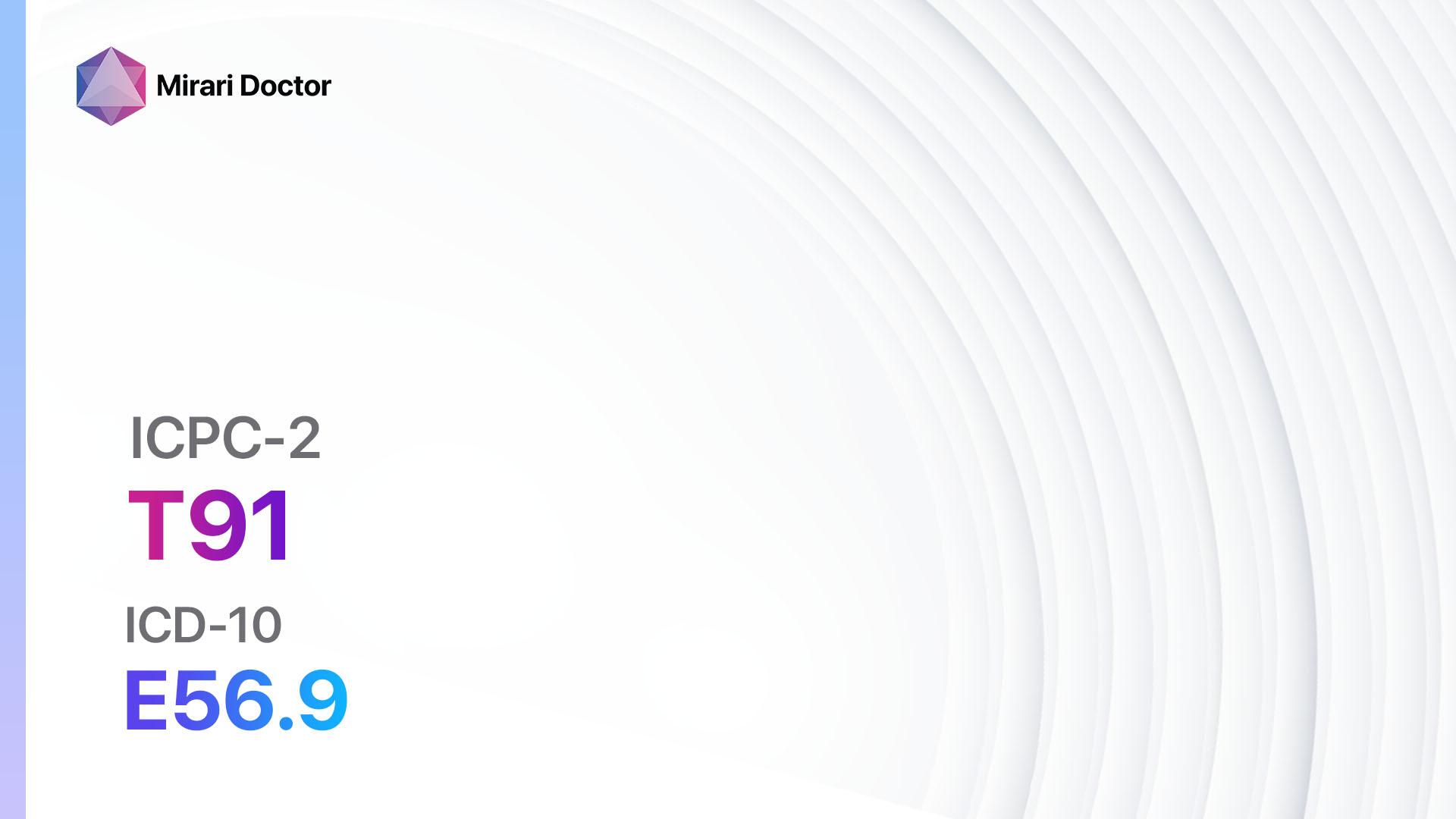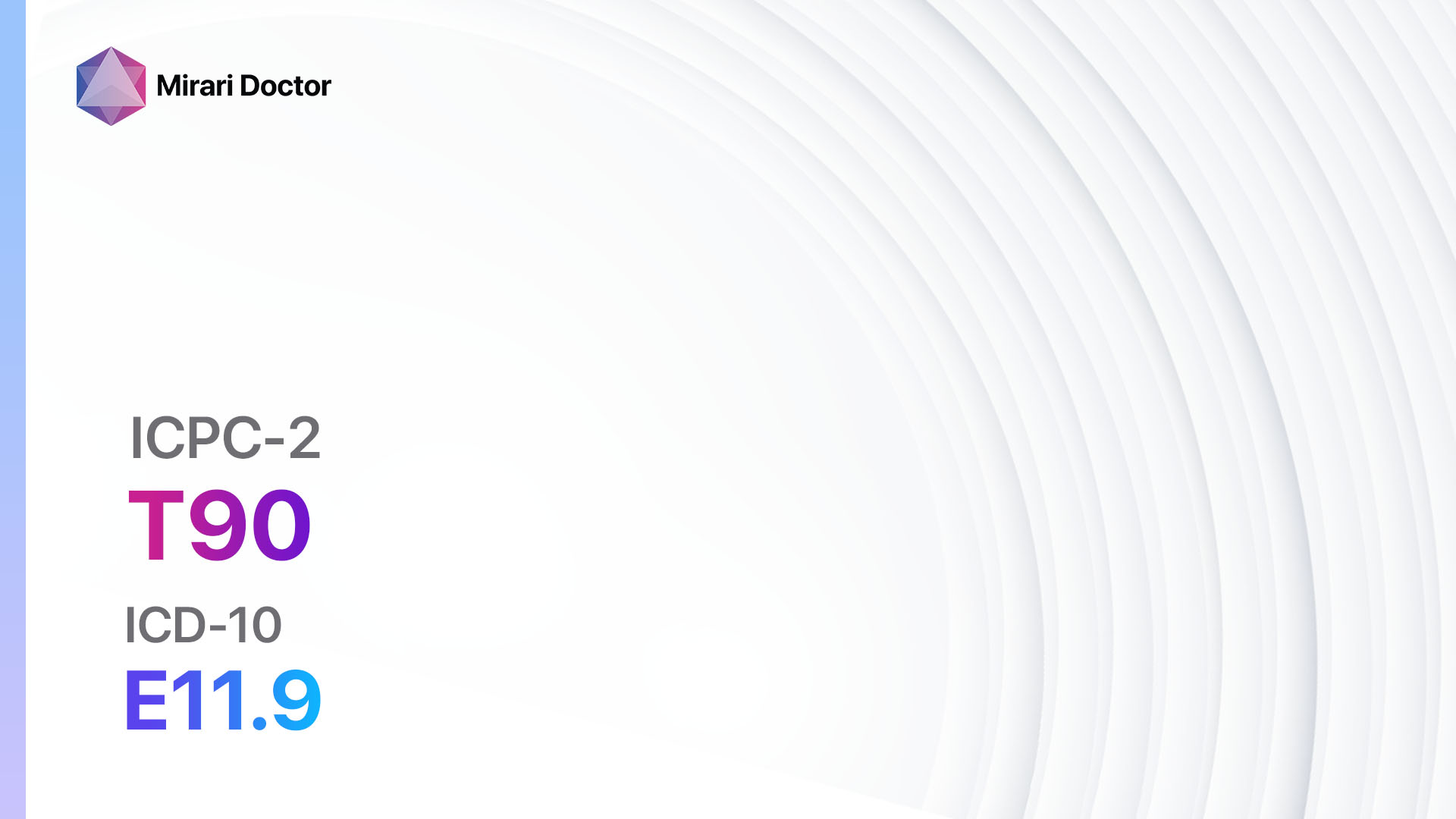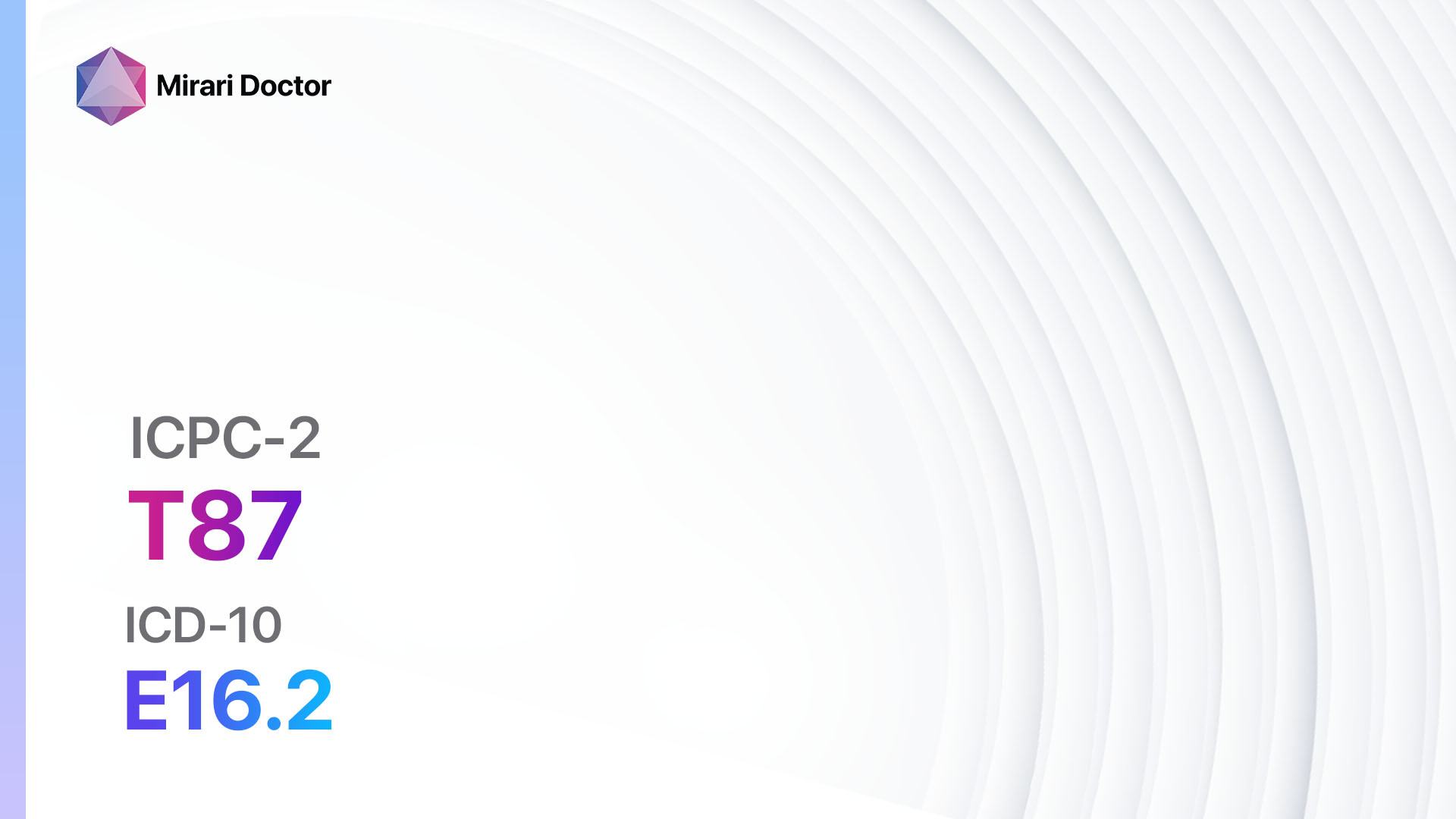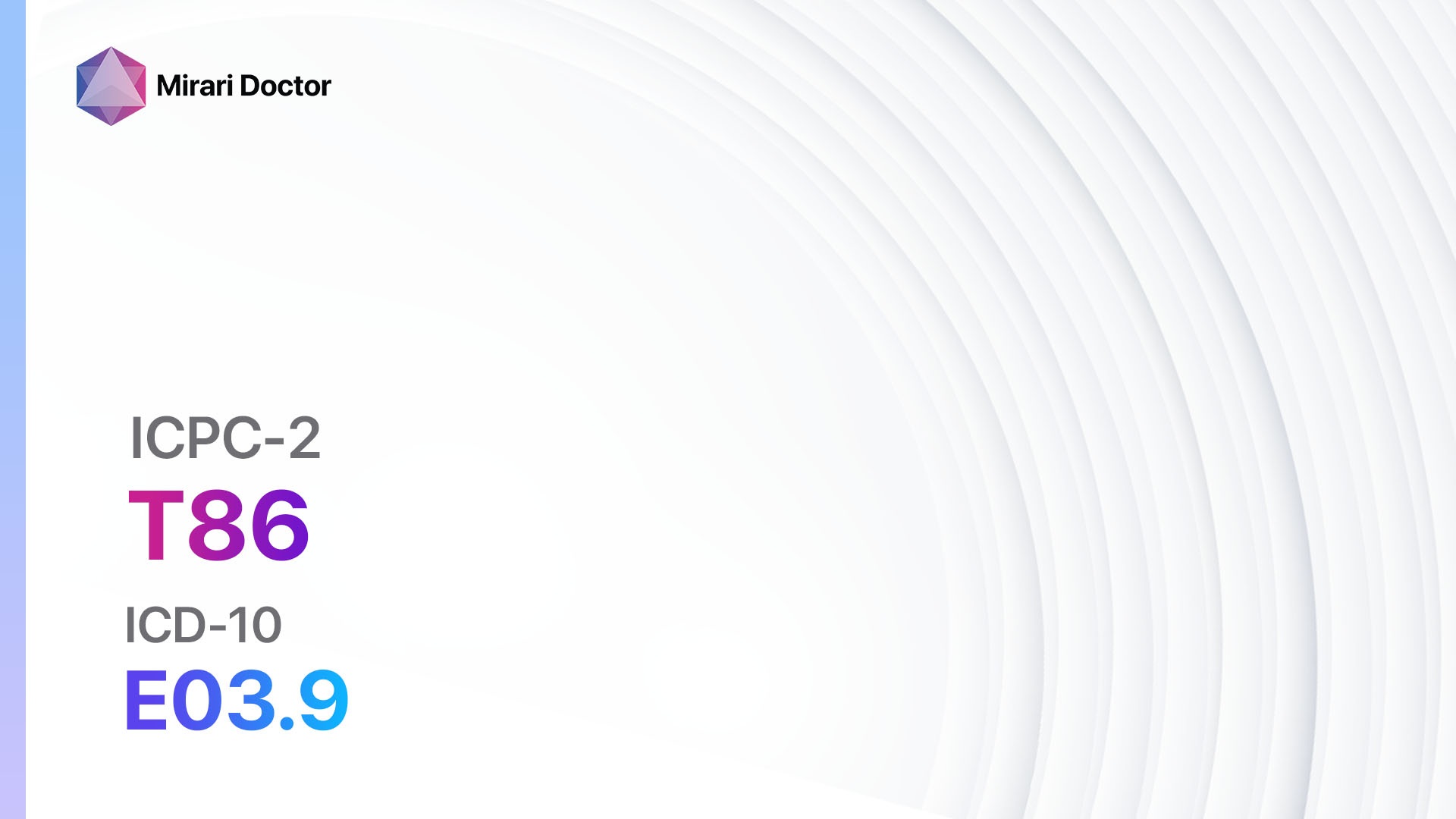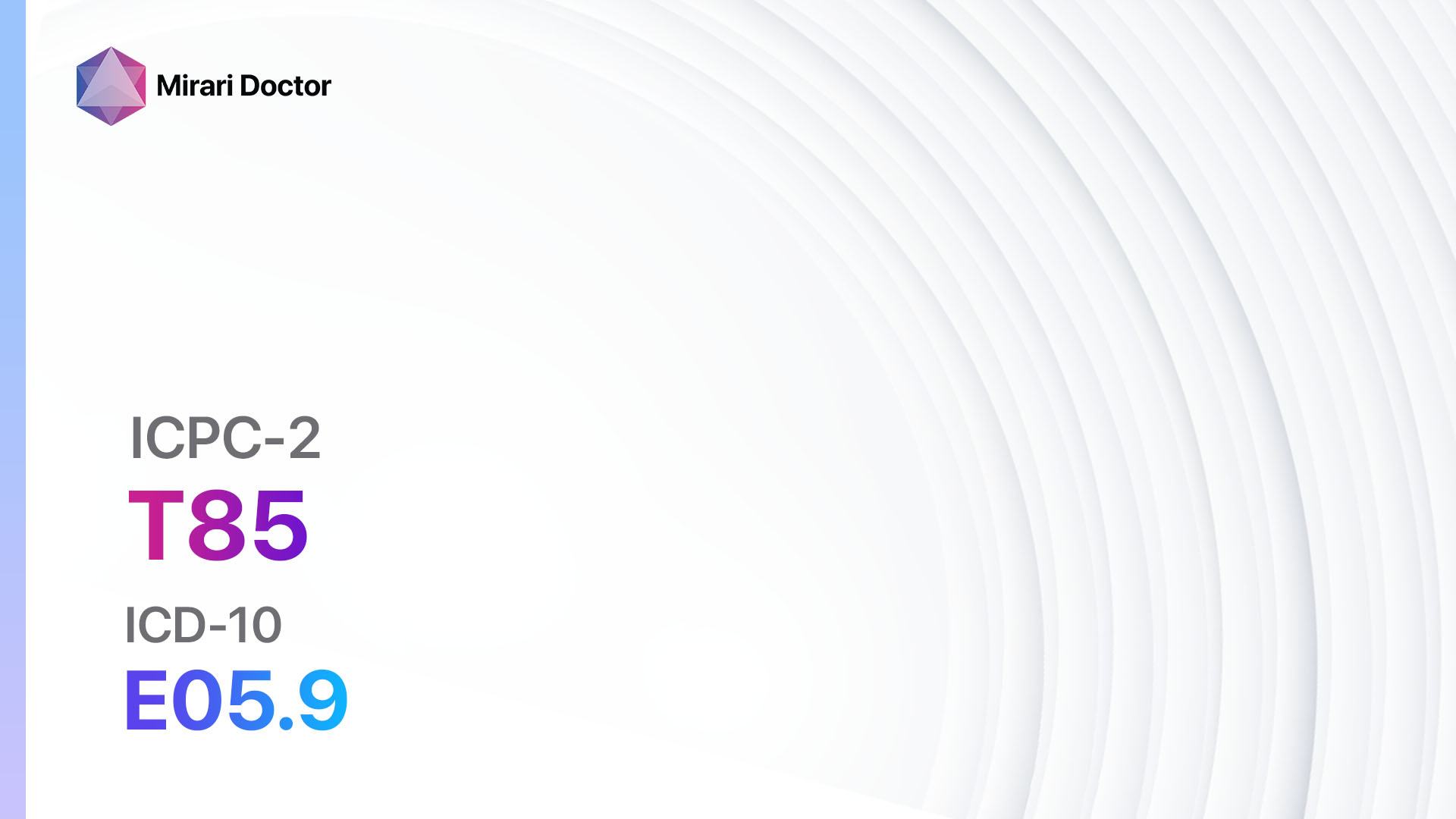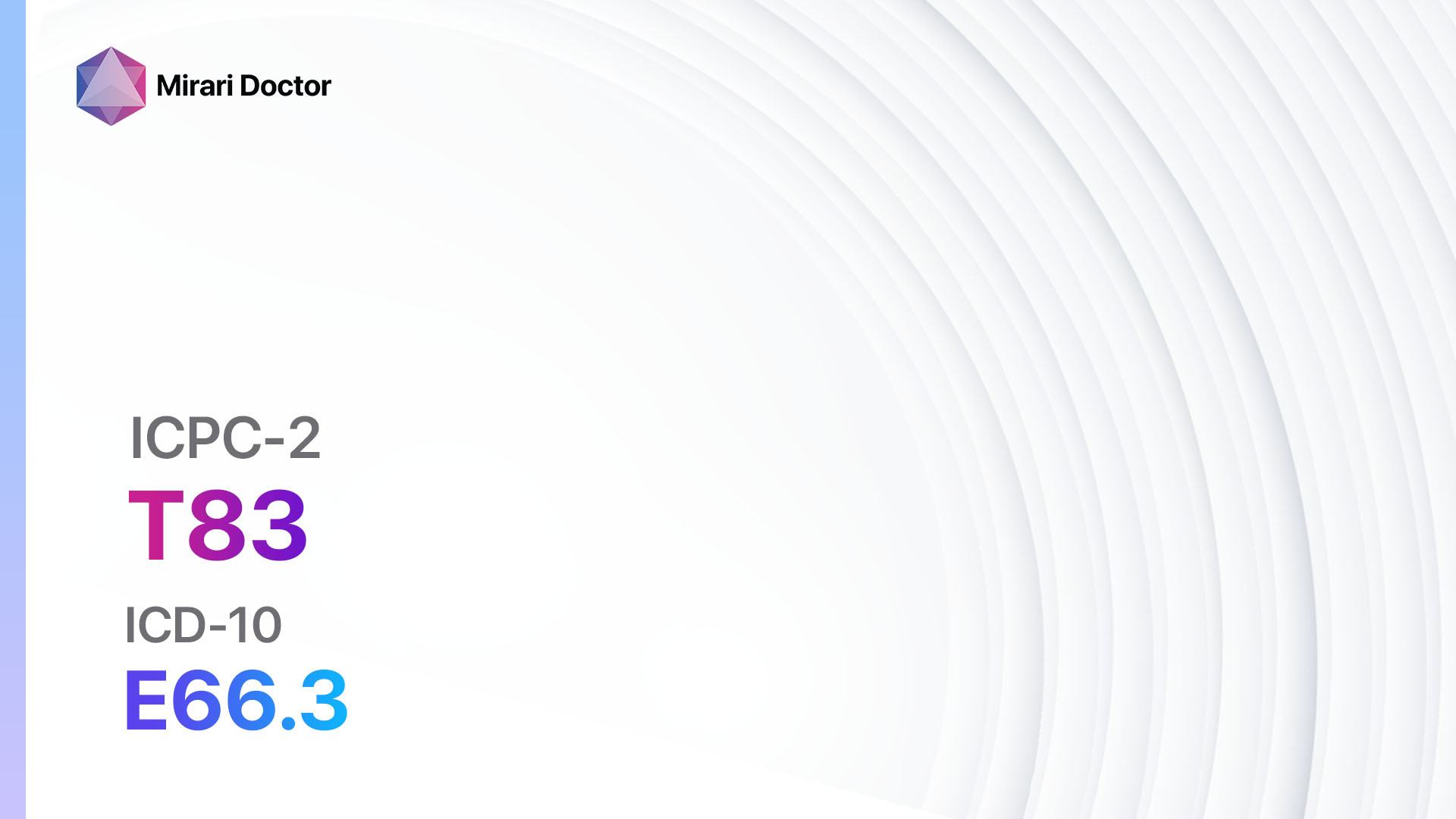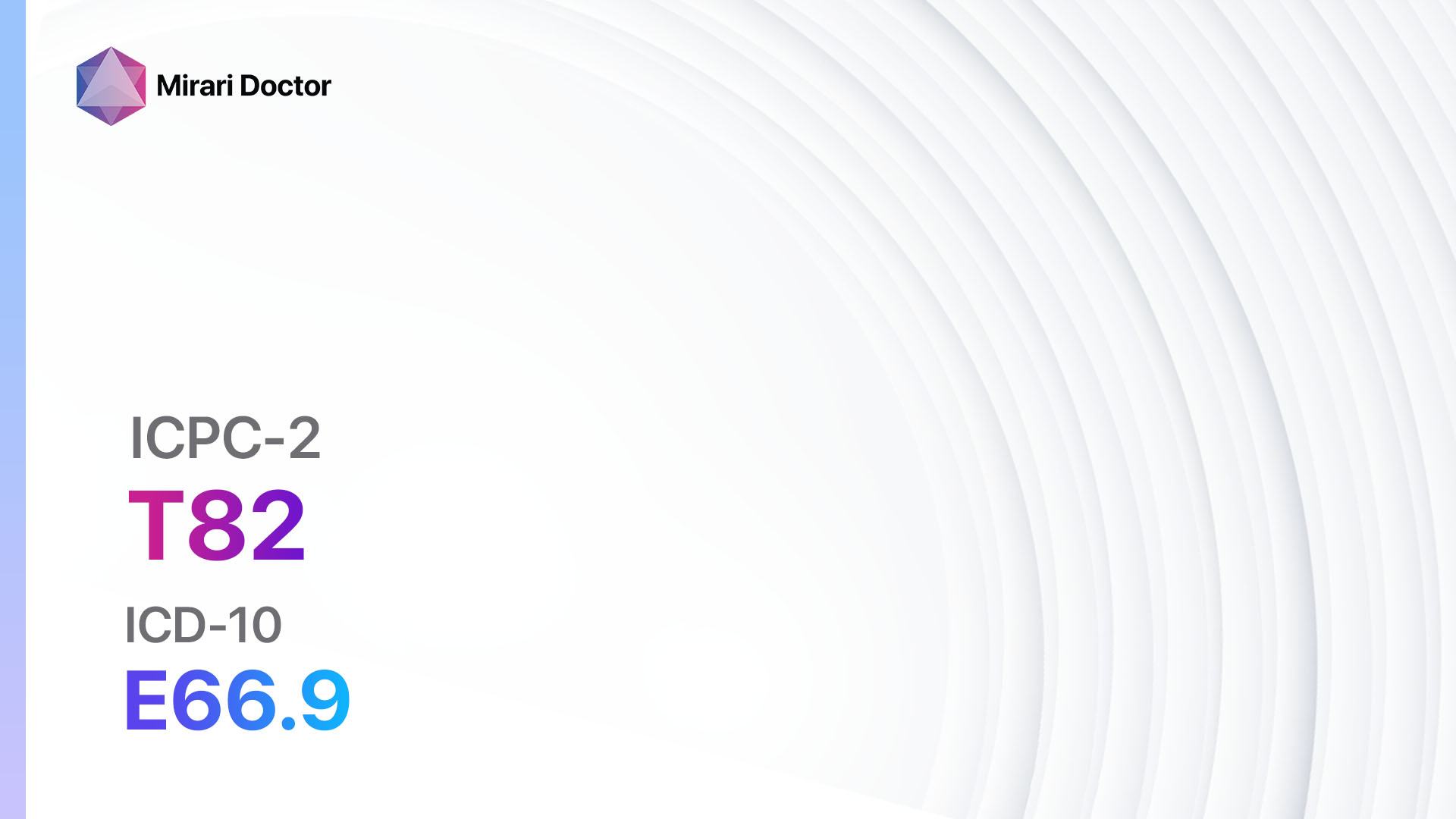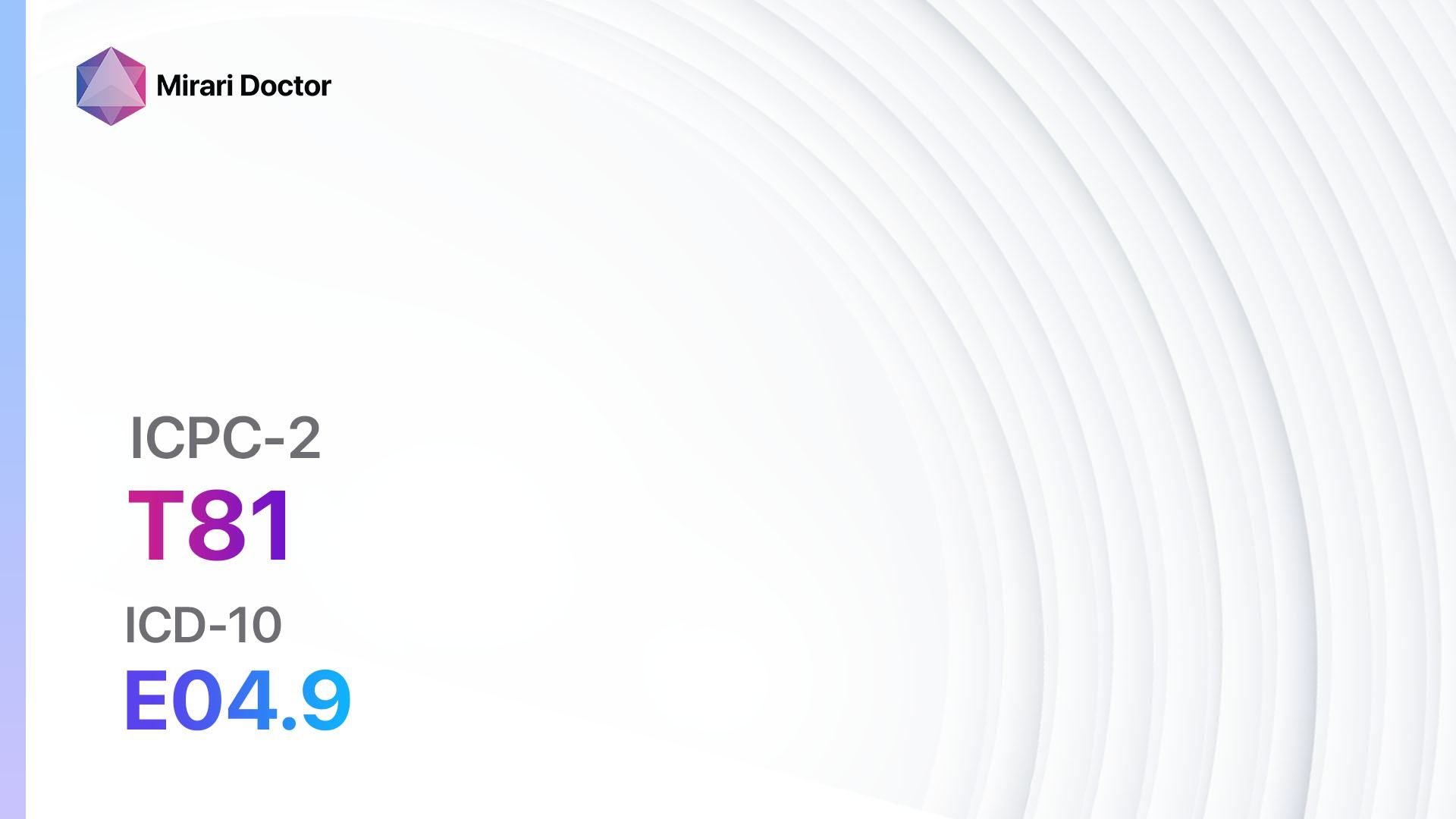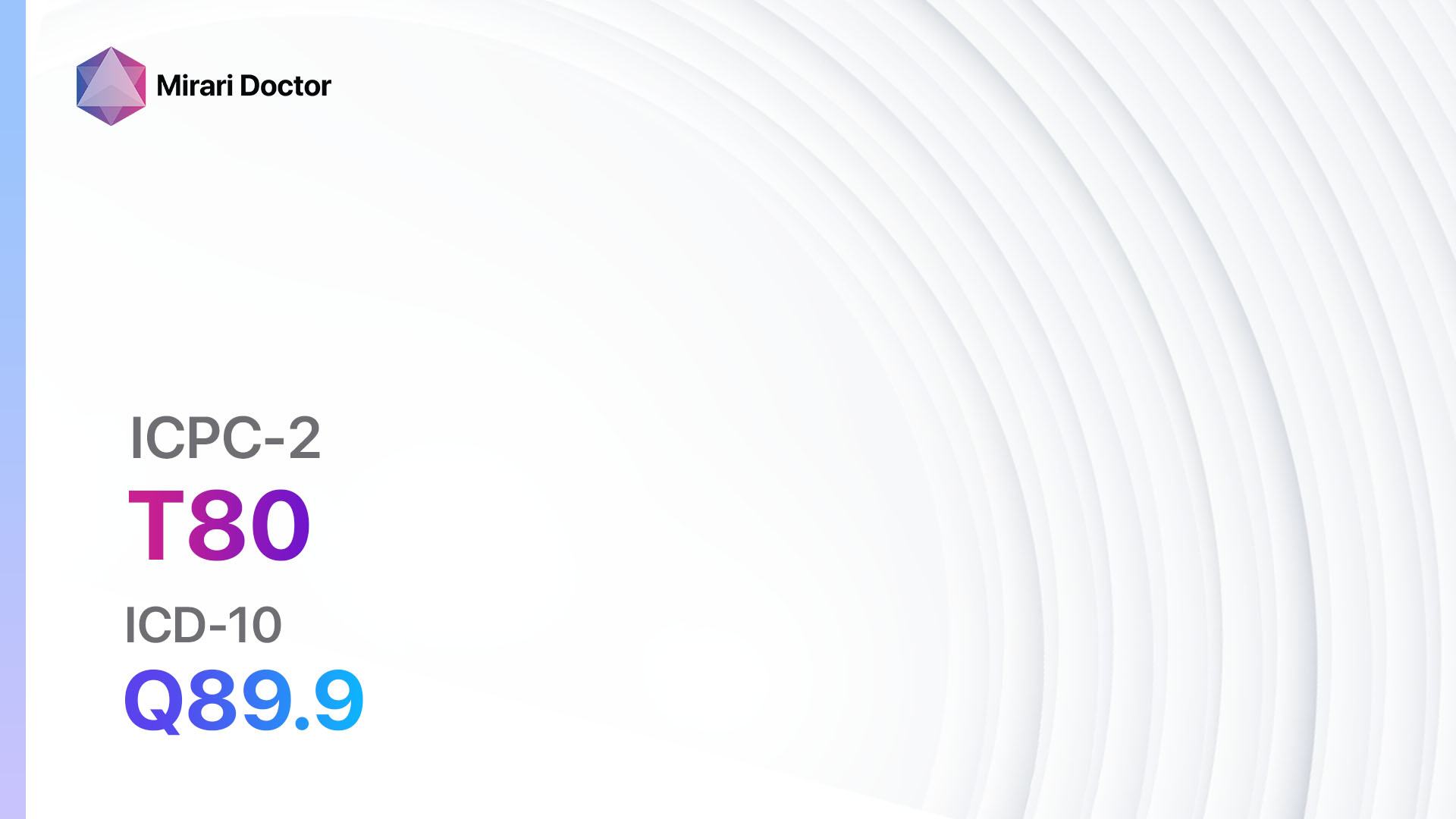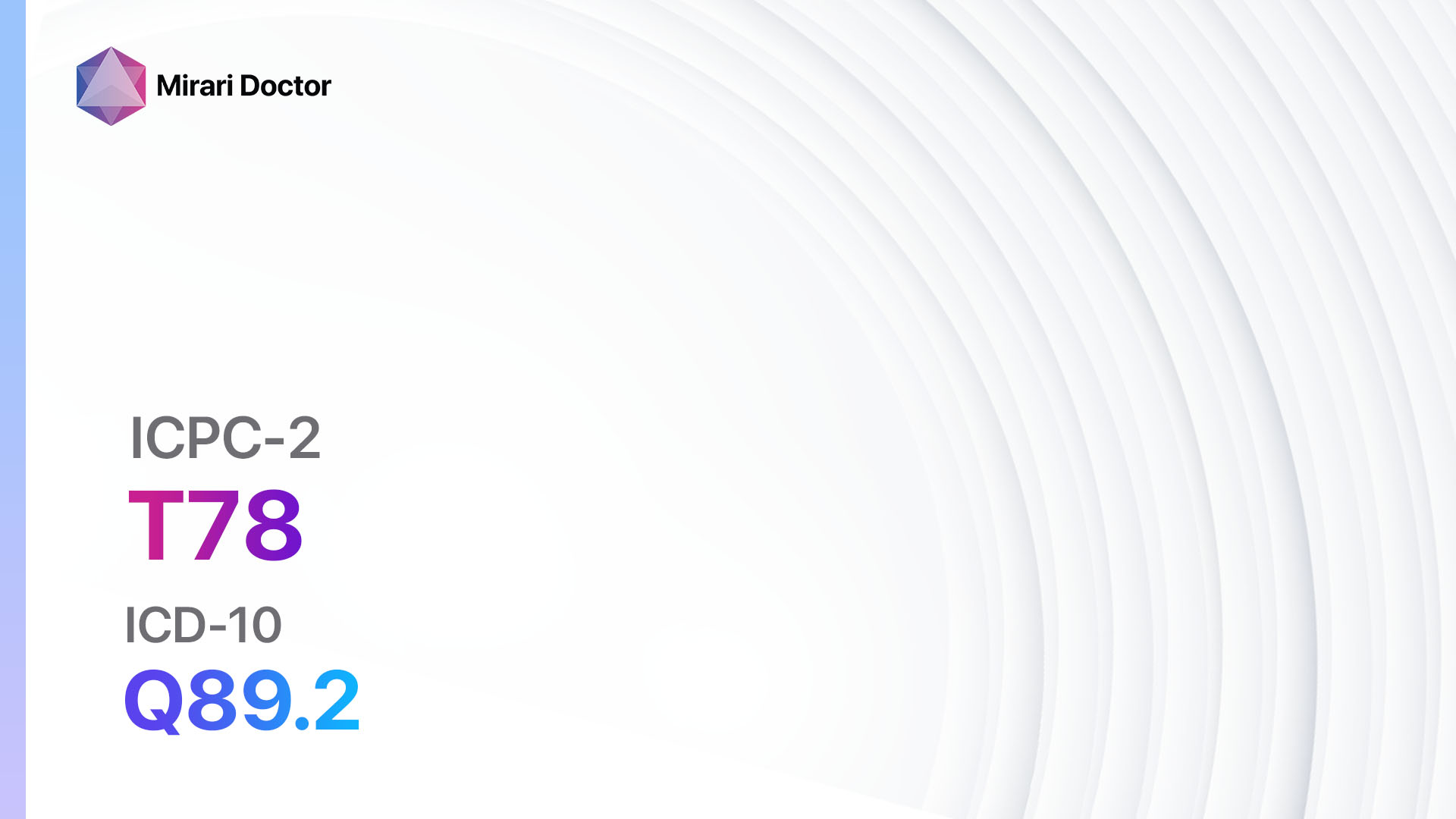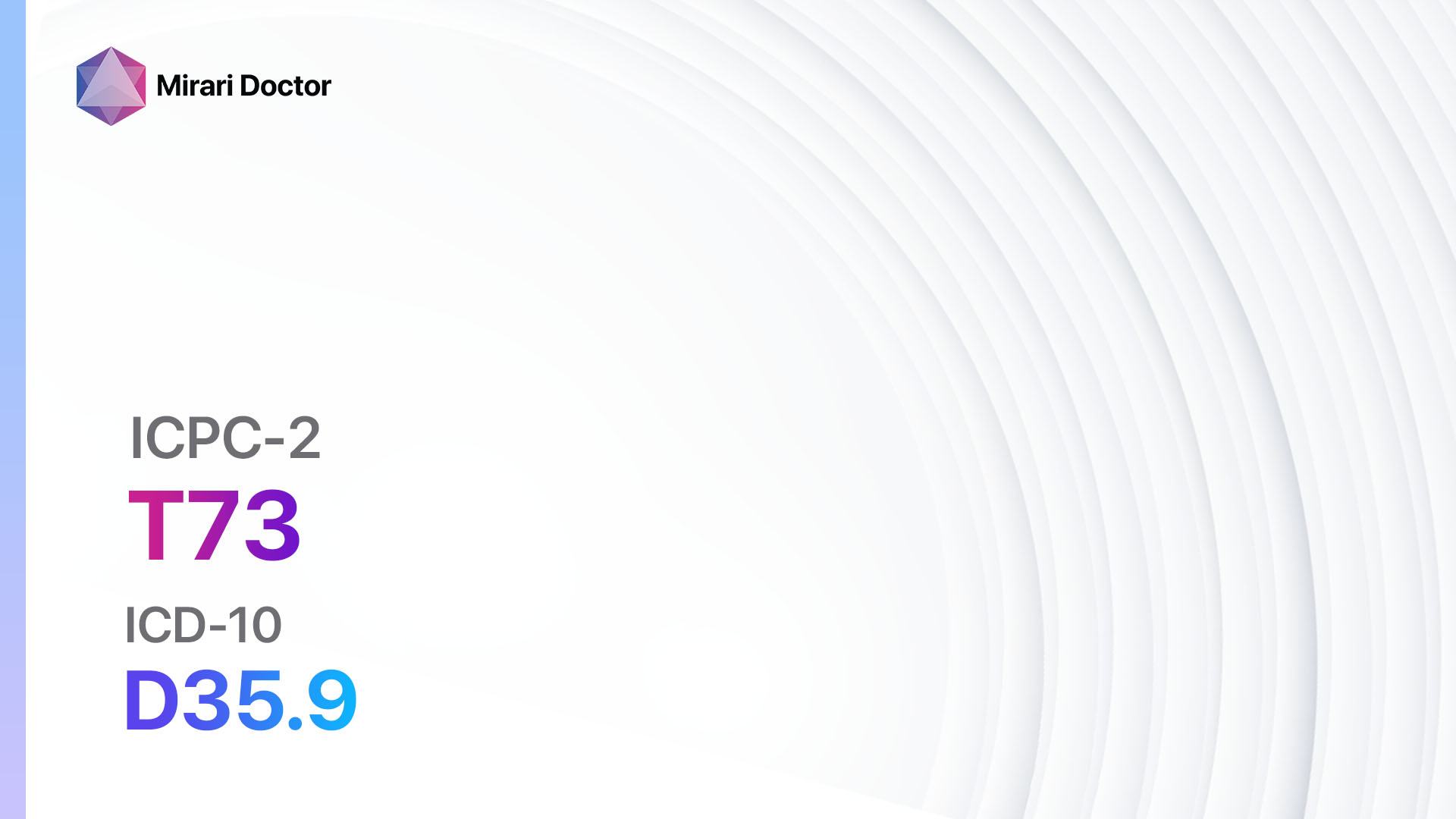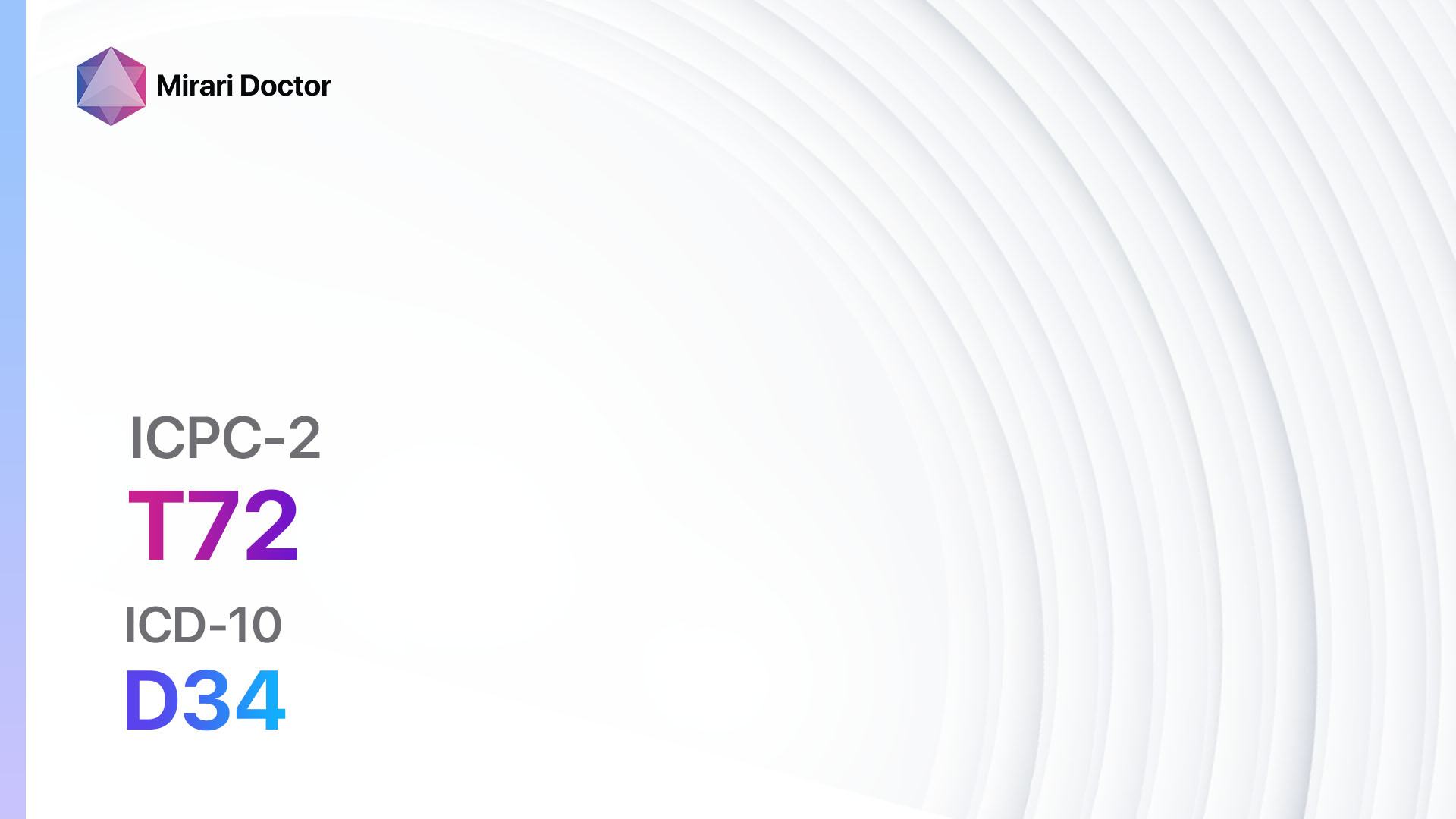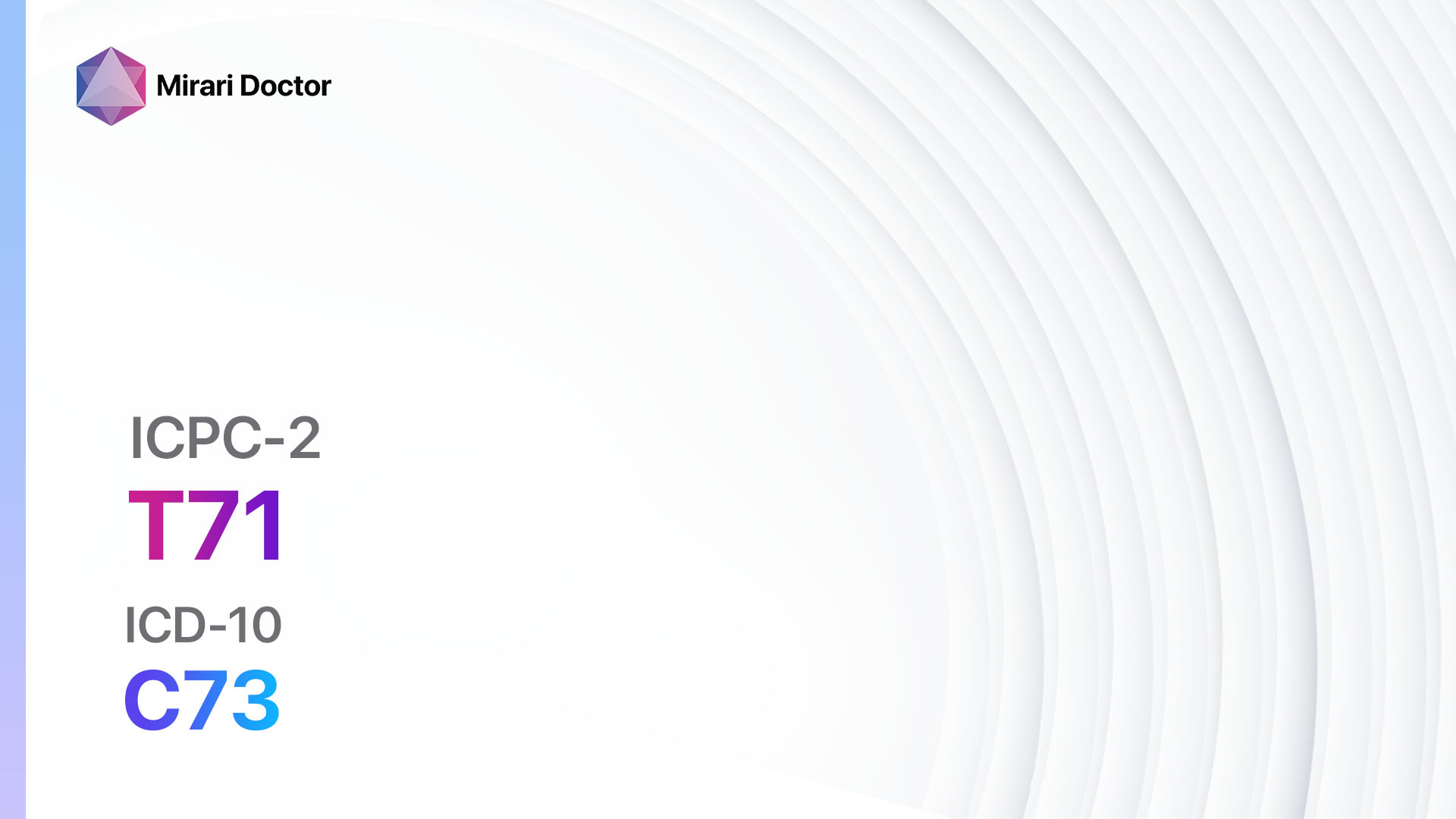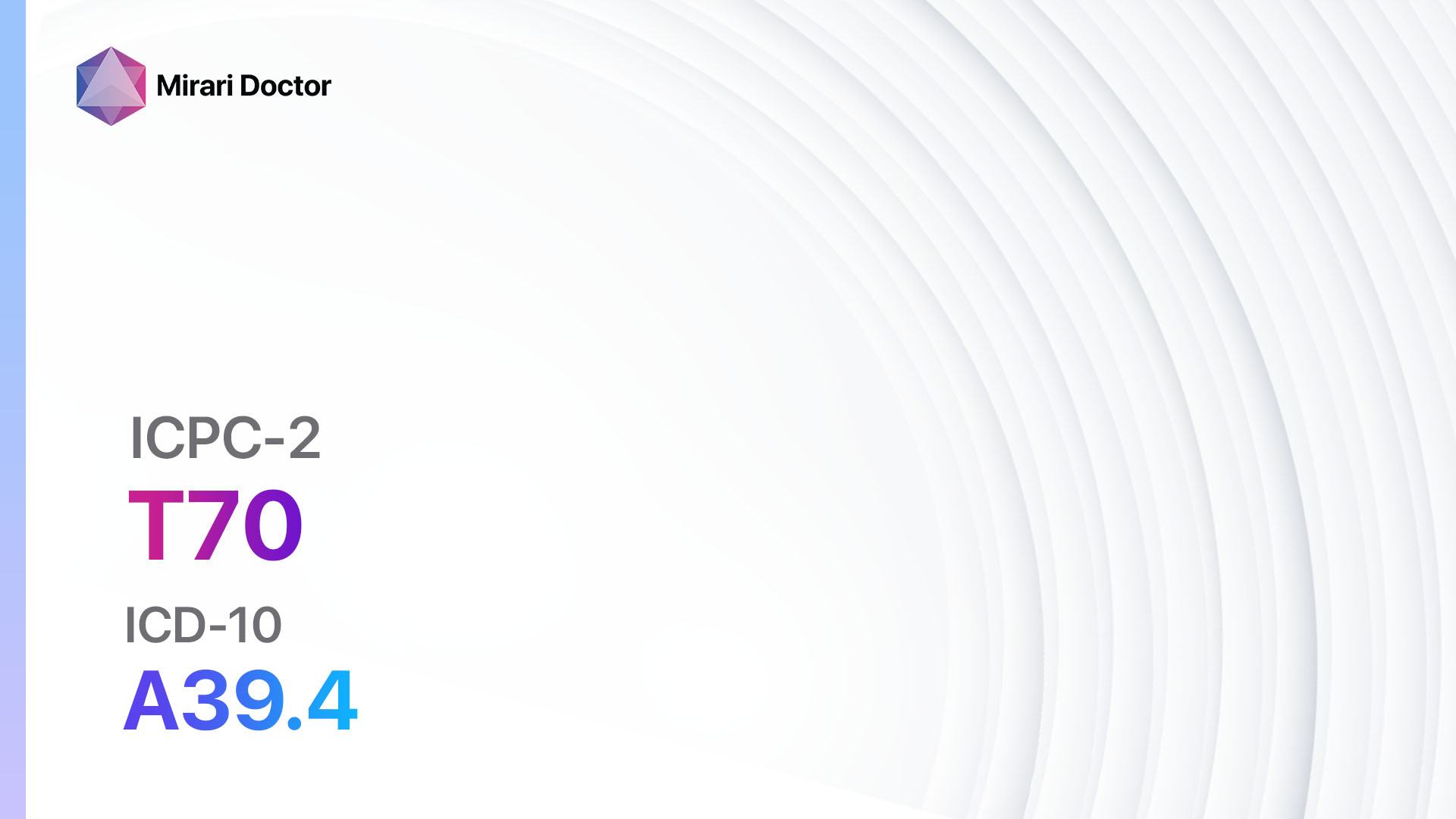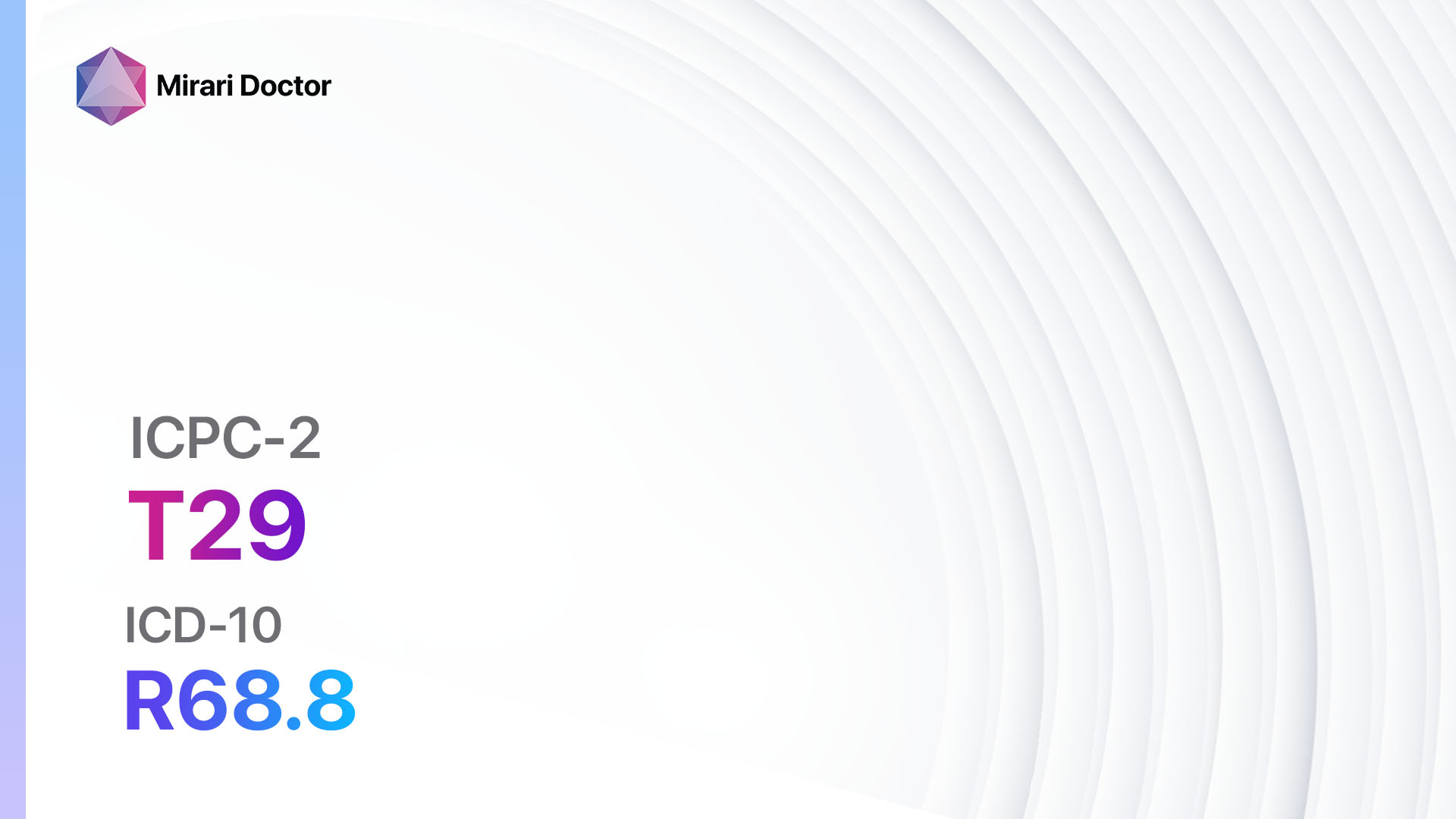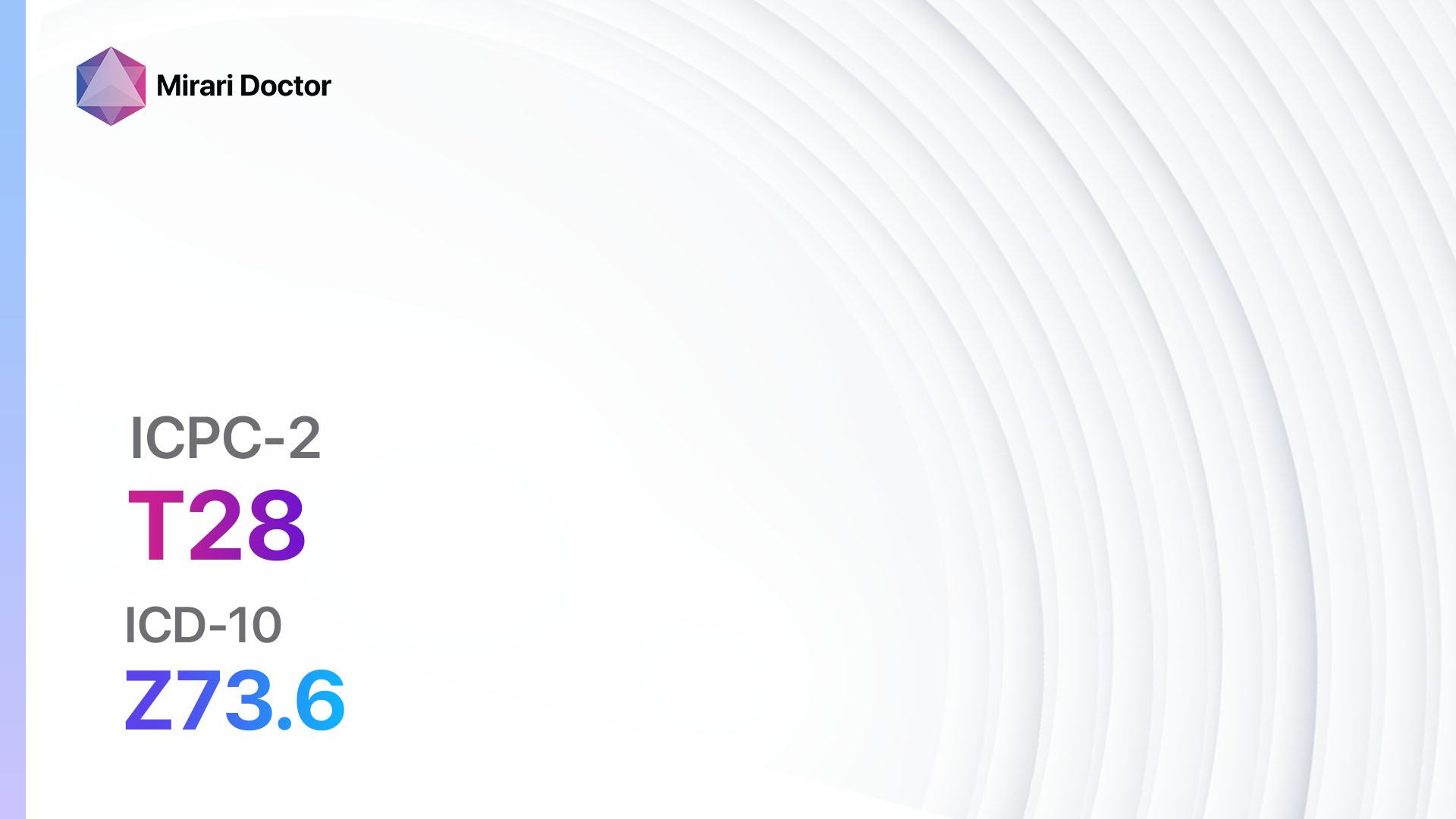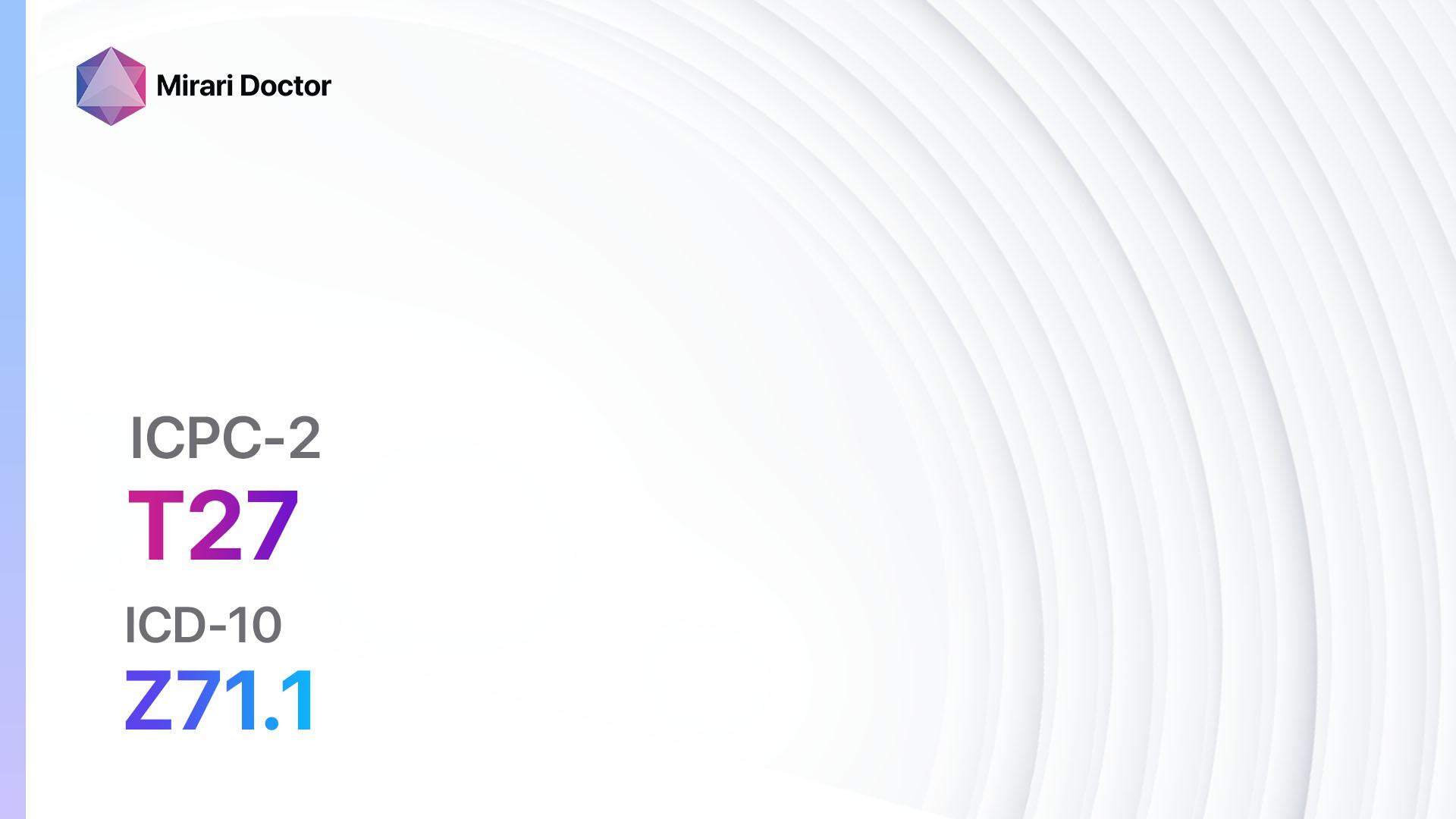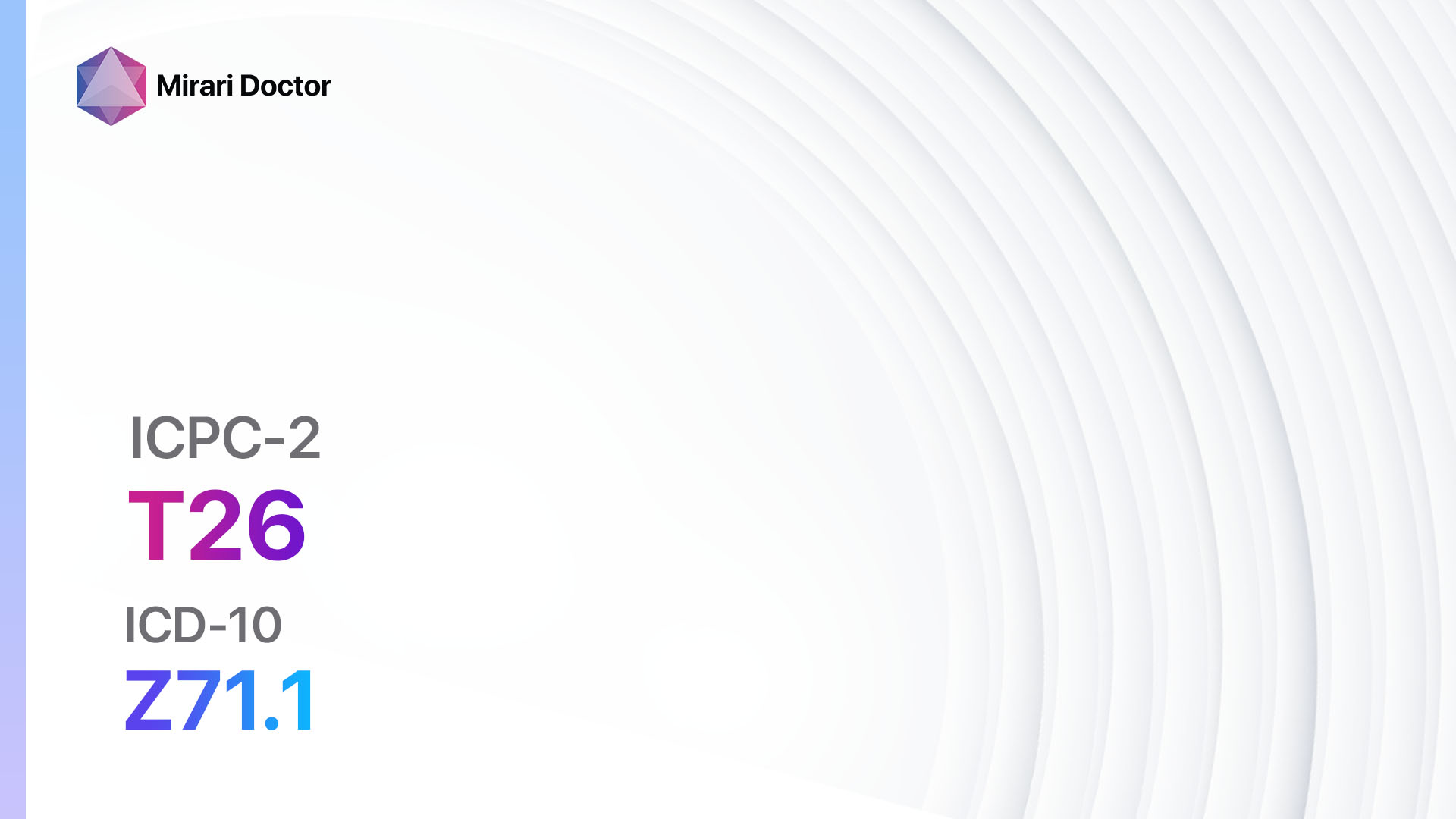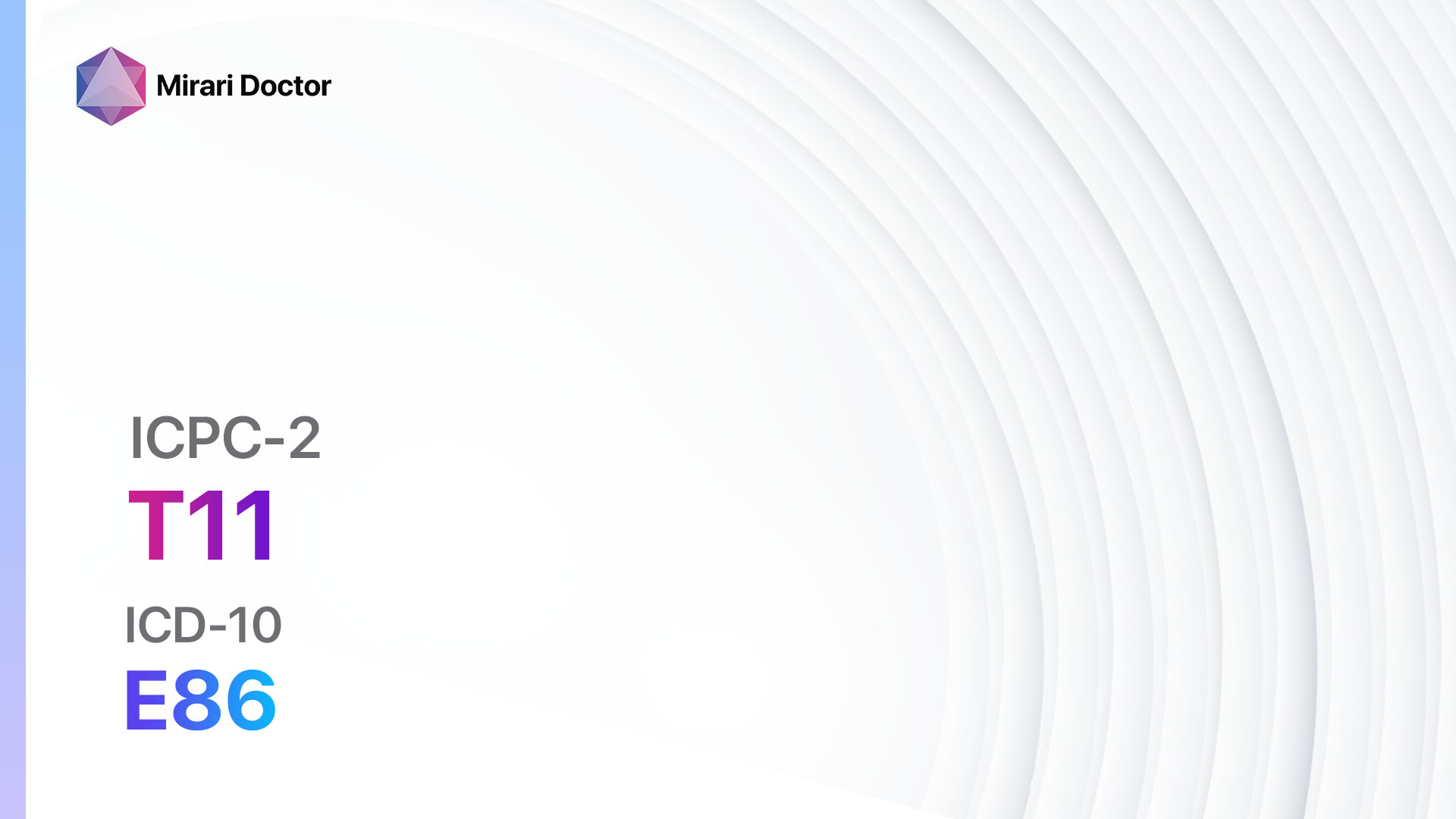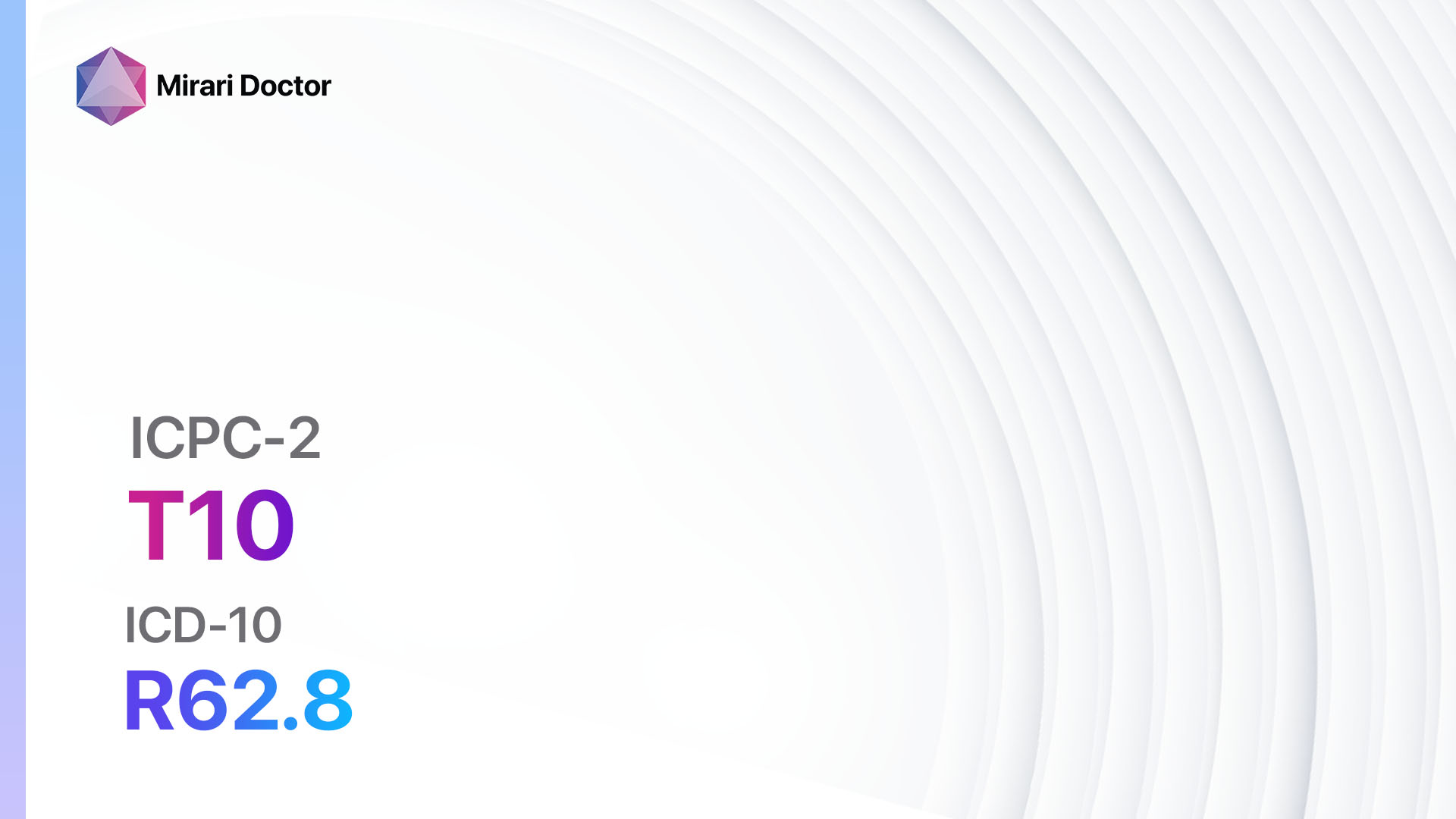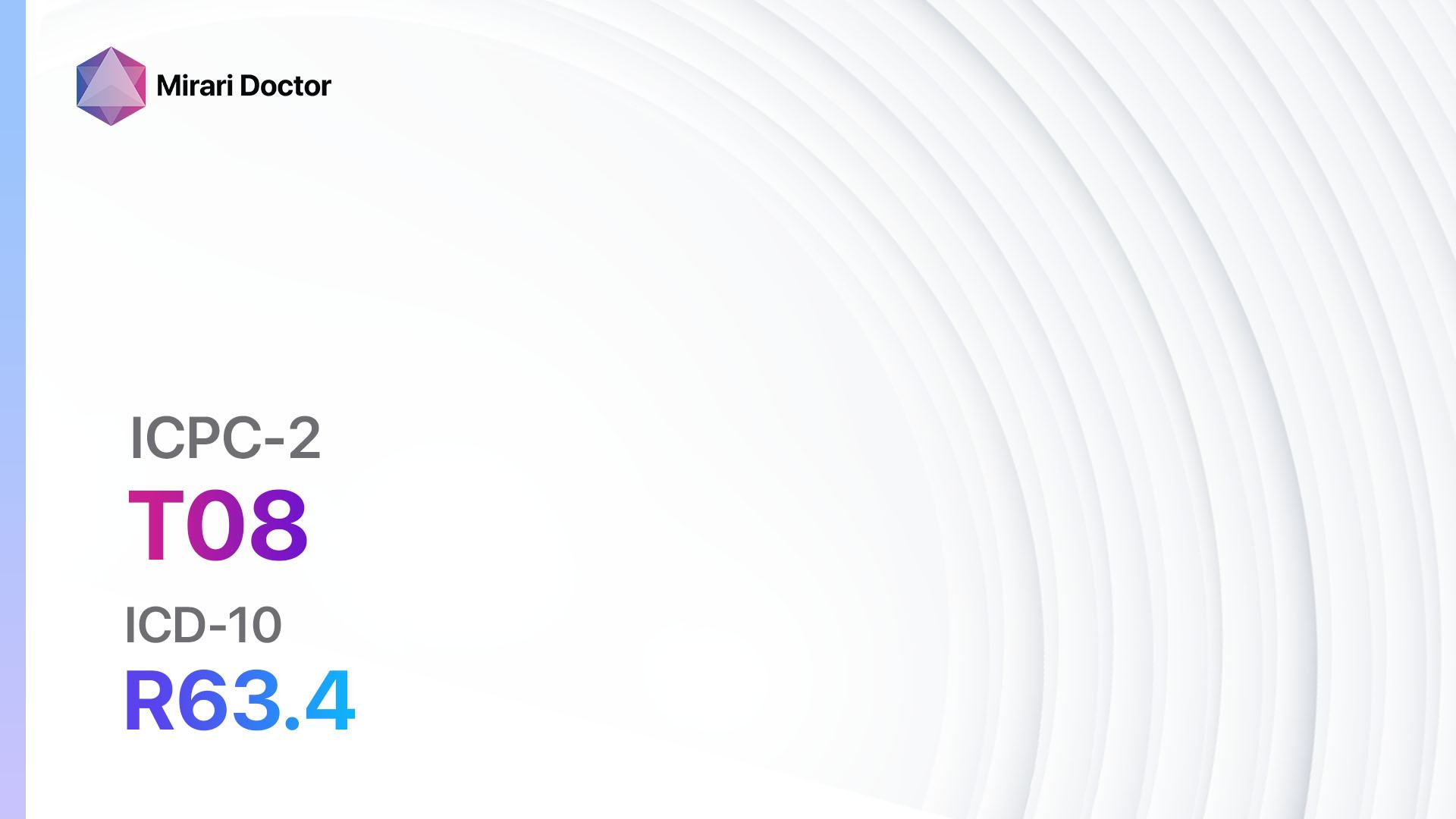
Introduction
Weight loss is a condition characterized by a decrease in body weight, often resulting from a combination of factors such as reduced calorie intake, increased physical activity, or underlying medical conditions[1]. It is a significant health concern as it can lead to various complications and impact overall well-being[2]. The aim of this guide is to provide an overview of weight loss, including its symptoms, causes, diagnostic steps, possible interventions, and lifestyle modifications.
Codes
Symptoms
- Unintentional weight loss: A noticeable decrease in body weight without any deliberate effort[5].
- Loss of appetite: Reduced desire to eat or lack of interest in food[6].
- Fatigue: Feeling tired or lacking energy[7].
- Weakness: Reduced strength or stamina[8].
- Changes in body composition: Decreased muscle mass or increased fat percentage[9].
Causes
- Caloric deficit: Consuming fewer calories than the body requires for maintenance[10].
- Underlying medical conditions: Certain diseases, such as cancer, thyroid disorders, gastrointestinal disorders, or mental health conditions, can contribute to weight loss.
- Medications: Some medications may have weight loss as a side effect.
- Psychological factors: Stress, anxiety, or depression can affect appetite and lead to weight loss.
- Metabolic disorders: Conditions like diabetes or hyperthyroidism can affect metabolism and result in weight loss.
Diagnostic Steps
Medical History
- Gather information about the patient’s weight loss history, including the rate of weight loss, any associated symptoms, and changes in appetite or eating patterns.
- Identify any underlying medical conditions, such as cancer, gastrointestinal disorders, or mental health conditions.
- Assess the patient’s medication history to identify any drugs that may contribute to weight loss.
- Evaluate the patient’s psychological well-being and screen for symptoms of stress, anxiety, or depression.
Physical Examination
- Measure the patient’s height and weight to calculate the body mass index (BMI).
- Assess the patient’s overall appearance, including signs of muscle wasting or changes in body composition.
- Check for any physical signs that may indicate underlying medical conditions, such as enlarged lymph nodes or abnormal findings on the abdomen.
Laboratory Tests
- Complete blood count (CBC): To check for anemia or signs of infection.
- Comprehensive metabolic panel (CMP): To assess liver and kidney function, electrolyte levels, and blood glucose levels.
- Thyroid function tests: To evaluate thyroid hormone levels.
- C-reactive protein (CRP) and erythrocyte sedimentation rate (ESR): To assess for inflammation.
- Tumor markers: If cancer is suspected, specific tumor markers may be ordered based on the suspected type of cancer.
Diagnostic Imaging
- Chest X-ray: To evaluate the lungs and check for any signs of cancer or infection.
- Abdominal ultrasound: To assess the liver, gallbladder, and other abdominal organs for any abnormalities.
- Computed tomography (CT) scan: To obtain detailed images of the body to identify any tumors or abnormalities.
- Magnetic resonance imaging (MRI): To provide detailed images of specific body parts, such as the brain or spine, if indicated.
Other Tests
- Endoscopy: If gastrointestinal disorders are suspected, an endoscopy may be performed to visualize the digestive tract and obtain biopsies if necessary.
- Mental health assessment: If psychological factors are suspected to contribute to weight loss, a mental health evaluation may be conducted.
Follow-up and Patient Education
- Schedule regular follow-up appointments to monitor the patient’s progress and adjust the treatment plan if necessary.
- Provide education on healthy eating habits, portion control, and the importance of regular physical activity.
- Offer support and resources for managing stress, anxiety, or depression if applicable.
- Encourage the patient to maintain a food diary to track their calorie intake and identify any patterns or triggers.
Possible Interventions
Traditional Interventions
Medications:
Top 5 drugs for weight loss:
- Orlistat (brand name Xenical):
- Cost: $50-$200 per month.
- Contraindications: Chronic malabsorption syndrome, cholestasis.
- Side effects: Gastrointestinal disturbances, oily spotting, fecal urgency.
- Severe side effects: Severe liver injury, allergic reactions.
- Drug interactions: Cyclosporine, levothyroxine.
- Warning: Take a multivitamin supplement containing fat-soluble vitamins to prevent deficiencies.
- Phentermine (brand names Adipex-P, Lomaira):
- Cost: $30-$100 per month.
- Contraindications: History of cardiovascular disease, uncontrolled hypertension.
- Side effects: Increased heart rate, insomnia, dry mouth.
- Severe side effects: Primary pulmonary hypertension, valvular heart disease.
- Drug interactions: MAO inhibitors, selective serotonin reuptake inhibitors (SSRIs).
- Warning: Potential for abuse or dependence, should not be used long-term.
- Liraglutide (brand name Saxenda):
- Cost: $600-$1200 per month.
- Contraindications: Personal or family history of medullary thyroid carcinoma.
- Side effects: Nausea, vomiting, diarrhea.
- Severe side effects: Pancreatitis, gallbladder disease.
- Drug interactions: Insulin, oral hypoglycemic agents.
- Warning: Monitor for signs of pancreatitis or thyroid tumors.
- Bupropion/naltrexone (brand name Contrave):
- Cost: $100-$200 per month.
- Contraindications: Uncontrolled hypertension, seizure disorder.
- Side effects: Nausea, constipation, headache.
- Severe side effects: Seizures, suicidal thoughts.
- Drug interactions: Monoamine oxidase inhibitors (MAOIs), opioids.
- Warning: Increased risk of suicidal thoughts in patients with psychiatric disorders.
- Phentermine/topiramate (brand name Qsymia):
- Cost: $100-$200 per month.
- Contraindications: Glaucoma, hyperthyroidism.
- Side effects: Dry mouth, paresthesia, constipation.
- Severe side effects: Increased heart rate, metabolic acidosis.
- Drug interactions: MAO inhibitors, selective serotonin reuptake inhibitors (SSRIs).
- Warning: Risk of birth defects, requires contraception in women of childbearing potential.
Alternative Drugs:
- Bupropion (brand names Wellbutrin, Zyban): An antidepressant that may also help with weight loss.
- Metformin (brand names Glucophage, Fortamet): A medication used to treat diabetes that may have weight loss benefits.
- Lorcaserin (brand name Belviq): A serotonin receptor agonist that can help suppress appetite.
- Naltrexone/bupropion (brand name Contrave): A combination medication that can help with weight loss and reduce food cravings.
- Sibutramine (brand name Meridia): A medication that affects neurotransmitters in the brain to help with weight loss.
Surgical Procedures:
- Bariatric surgery: Various surgical procedures, such as gastric bypass or sleeve gastrectomy, can be considered for individuals with severe obesity who have not achieved weight loss with other interventions.
- Cost: $20,000-$35,000.
Alternative Interventions
- Acupuncture: May help reduce appetite and promote relaxation.
- Cost: $60-$120 per session.
- Hypnotherapy: Can help address psychological factors contributing to weight loss.
- Cost: $75-$150 per session.
- Herbal supplements: Some herbal supplements, such as green tea extract or Garcinia cambogia, are marketed for weight loss.
- Cost: Varies depending on the specific supplement.
- Mindfulness-based interventions: Techniques such as mindful eating can help individuals develop a healthier relationship with food.
- Cost: Varies depending on the program or practitioner.
- Meal replacement programs: Pre-packaged meal replacements can provide portion-controlled options for weight loss.
- Cost: Varies depending on the brand and duration of the program.
Lifestyle Interventions
- Dietary modifications: Encourage a balanced diet with reduced calorie intake and increased consumption of fruits, vegetables, and lean proteins.
- Cost: Varies depending on food choices and dietary preferences.
- Regular physical activity: Recommend at least 150 minutes of moderate-intensity aerobic activity per week, along with strength training exercises.
- Cost: Varies depending on the chosen activities (e.g., gym membership, fitness classes).
- Behavioral therapy: Help individuals identify and modify unhealthy eating behaviors and develop strategies for long-term weight management.
- Cost: $75-$150 per session.
- Support groups: Provide a supportive environment for individuals to share experiences and receive guidance from others going through similar weight loss journeys.
- Cost: Varies depending on the specific group or program.
- Weight loss apps: Mobile applications can help track food intake, physical activity, and provide educational resources.
- Cost: Free to download, with optional in-app purchases for premium features.
It is important to note that the cost ranges provided are approximate and may vary depending on the location and availability of the interventions. It is recommended to consult with healthcare professionals or specialists for personalized recommendations and guidance.
Mirari Cold Plasma Alternative Intervention
Understanding Mirari Cold Plasma
- Safe and Non-Invasive Treatment: Mirari Cold Plasma is a safe and non-invasive treatment option for various skin conditions. It does not require incisions, minimizing the risk of scarring, bleeding, or tissue damage.
- Efficient Extraction of Foreign Bodies: Mirari Cold Plasma facilitates the removal of foreign bodies from the skin by degrading and dissociating organic matter, allowing easier access and extraction.
- Pain Reduction and Comfort: Mirari Cold Plasma has a local analgesic effect, providing pain relief during the treatment, making it more comfortable for the patient.
- Reduced Risk of Infection: Mirari Cold Plasma has antimicrobial properties, effectively killing bacteria and reducing the risk of infection.
- Accelerated Healing and Minimal Scarring: Mirari Cold Plasma stimulates wound healing and tissue regeneration, reducing healing time and minimizing the formation of scars.
Mirari Cold Plasma Prescription
Video instructions for using Mirari Cold Plasma Device – T08 Weight loss (ICD-10:R63.4)
| Mild | Moderate | Severe |
| Mode setting: 4 (Diabetes Therapy) Location: 4 (Heart, Bile & Pancreas) Morning: 15 minutes, Evening: 15 minutes |
Mode setting: 4 (Diabetes Therapy) Location: 4 (Heart, Bile & Pancreas) Morning: 30 minutes, Lunch: 30 minutes, Evening: 30 minutes |
Mode setting: 4 (Diabetes Therapy) Location: 4 (Heart, Bile & Pancreas) Morning: 30 minutes, Lunch: 30 minutes, Evening: 30 minutes |
| Mode setting: 7 (Immunotherapy) Location: 1 (Sacrum) Morning: 15 minutes, Evening: 15 minutes |
Mode setting: 7 (Immunotherapy) Location: 1 (Sacrum) Morning: 30 minutes, Lunch: 30 minutes, Evening: 30 minutes |
Mode setting: 7 (Immunotherapy) Location: 1 (Sacrum) Morning: 30 minutes, Lunch: 30 minutes, Evening: 30 minutes |
| Total Morning: 30 minutes approx. $5 USD, Evening: 30 minutes approx. $5 USD |
Total Morning: 60 minutes approx. $10 USD, Lunch: 60 minutes approx. $10 USD, Evening: 60 minutes approx. $10 USD, |
Total Morning: 60 minutes approx. $10 USD, Lunch: 60 minutes approx. $10 USD, Evening: 60 minutes approx. $10 USD, |
| Usual treatment for 7-60 days approx. $70 USD – $600 USD | Usual treatment for 6-8 weeks approx. $1,260 USD – $1,680 USD |
Usual treatment for 3-6 months approx. $2,700 USD – $5,400 USD
|
 |
|
Use the Mirari Cold Plasma device to treat Weight loss effectively.
WARNING: MIRARI COLD PLASMA IS DESIGNED FOR THE HUMAN BODY WITHOUT ANY ARTIFICIAL OR THIRD PARTY PRODUCTS. USE OF OTHER PRODUCTS IN COMBINATION WITH MIRARI COLD PLASMA MAY CAUSE UNPREDICTABLE EFFECTS, HARM OR INJURY. PLEASE CONSULT A MEDICAL PROFESSIONAL BEFORE COMBINING ANY OTHER PRODUCTS WITH USE OF MIRARI.
Step 1: Cleanse the Skin
- Start by cleaning the affected area of the skin with a gentle cleanser or mild soap and water. Gently pat the area dry with a clean towel.
Step 2: Prepare the Mirari Cold Plasma device
- Ensure that the Mirari Cold Plasma device is fully charged or has fresh batteries as per the manufacturer’s instructions. Make sure the device is clean and in good working condition.
- Switch on the Mirari device using the power button or by following the specific instructions provided with the device.
- Some Mirari devices may have adjustable settings for intensity or treatment duration. Follow the manufacturer’s instructions to select the appropriate settings based on your needs and the recommended guidelines.
Step 3: Apply the Device
- Place the Mirari device in direct contact with the affected area of the skin. Gently glide or hold the device over the skin surface, ensuring even coverage of the area experiencing.
- Slowly move the Mirari device in a circular motion or follow a specific pattern as indicated in the user manual. This helps ensure thorough treatment coverage.
Step 4: Monitor and Assess:
- Keep track of your progress and evaluate the effectiveness of the Mirari device in managing your Weight loss. If you have any concerns or notice any adverse reactions, consult with your health care professional.
Note
This guide is for informational purposes only and should not replace the advice of a medical professional. Always consult with your healthcare provider or a qualified medical professional for personal advice, diagnosis, or treatment. Do not solely rely on the information presented here for decisions about your health. Use of this information is at your own risk. The authors of this guide, nor any associated entities or platforms, are not responsible for any potential adverse effects or outcomes based on the content.
Mirari Cold Plasma System Disclaimer
- Purpose: The Mirari Cold Plasma System is a Class 2 medical device designed for use by trained healthcare professionals. It is registered for use in Thailand and Vietnam. It is not intended for use outside of these locations.
- Informational Use: The content and information provided with the device are for educational and informational purposes only. They are not a substitute for professional medical advice or care.
- Variable Outcomes: While the device is approved for specific uses, individual outcomes can differ. We do not assert or guarantee specific medical outcomes.
- Consultation: Prior to utilizing the device or making decisions based on its content, it is essential to consult with a Certified Mirari Tele-Therapist and your medical healthcare provider regarding specific protocols.
- Liability: By using this device, users are acknowledging and accepting all potential risks. Neither the manufacturer nor the distributor will be held accountable for any adverse reactions, injuries, or damages stemming from its use.
- Geographical Availability: This device has received approval for designated purposes by the Thai and Vietnam FDA. As of now, outside of Thailand and Vietnam, the Mirari Cold Plasma System is not available for purchase or use.
References
- Healthline. Unintentional Weight Loss: Causes, Symptoms and Treatments. https://www.healthline.com/health/weight-loss-unintentional
- Carehospitals.com. Unexplained Weight Loss (Sudden Weight Loss) – CARE Hospitals. https://www.carehospitals.com/symptoms/unexplained-weight-loss
- PH3C. ICPC-1 mapping ICPC-2.xlsx. http://www.ph3c.org/PH3C/docs/27/000460/0000852.pdf
- ICD10data.com. 2024 ICD-10-CM Diagnosis Code R63.4: Abnormal weight loss. https://www.icd10data.com/ICD10CM/Codes/R00-R99/R50-R69/R63-/R63.4
- Carehospitals.com. Unexplained Weight Loss (Sudden Weight Loss) – CARE Hospitals. https://www.carehospitals.com/symptoms/unexplained-weight-loss
- Rethink Obesity. Physician’s guide to weight loss therapy. https://www.rethinkobesity.global/global/en/treat-tab/physicians-guide-to-weight-loss-therapy.html
- NCBI. An approach to the management of unintentional weight loss in elderly people. https://www.ncbi.nlm.nih.gov/pmc/articles/PMC552892/
- Rethink Obesity. Physician’s guide to weight loss therapy. https://www.rethinkobesity.global/global/en/treat-tab/physicians-guide-to-weight-loss-therapy.html
- AAP Publications. Weight Loss. https://publications.aap.org/pediatriccare/article/doi/10.1542/aap.ppcqr.396125/1520/Weight-Loss?autologincheck=redirected
- AccessMedicine. Weight Loss, Unintentional. https://accessmedicine.mhmedical.com/content.aspx?bookid=1088§ionid=61700816
Related articles
Made in USA


